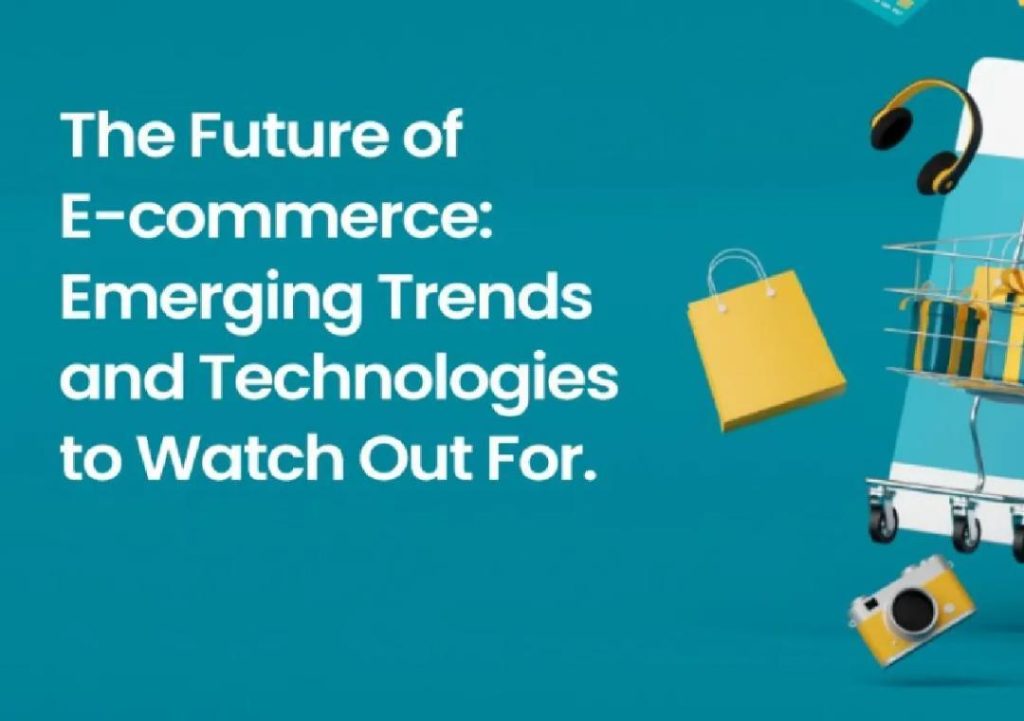
The Future of E-commerce Powered by Technology
The world of e-commerce is constantly evolving, and technology is at the forefront of this revolution. As consumers’ expectations rise, businesses must adapt to stay ahead of the competition. In recent years, we’ve seen a significant shift towards hyper-personalization, sustainability, and automation. In this blog post, we’ll explore the key e-commerce tech trends that are shaping the future of online shopping.
Hyper-Personalization: The Key to Customer Loyalty
Personalization is no longer a luxury, but a necessity for e-commerce businesses. With the increasing amount of data available, businesses can now tailor their marketing strategies to individual customers. This can be achieved through:
- Dynamic Product Recommendations: Using machine learning algorithms to suggest products based on customers’ browsing and purchasing history.
- Personalized Email Campaigns: Sending targeted emails with relevant promotions and offers to increase engagement and conversions.
- Social Media Targeting: Using social media platforms to target specific demographics and interests, ensuring that your message reaches the right audience.
By providing a personalized experience, businesses can increase customer loyalty, drive repeat sales, and reduce churn rates.
Sustainability: The New Imperative
Sustainability is no longer a buzzword; it’s a business imperative. Consumers are increasingly demanding environmentally-friendly products and practices. To stay ahead, e-commerce businesses must:
- Optimize Logistics: Implementing smart logistics solutions to reduce carbon emissions and increase efficiency.
- Sustainable Packaging: Using eco-friendly packaging materials and designing products with sustainability in mind.
- Carbon Offset: Calculating and offsetting carbon emissions from shipping and operations.
By prioritizing sustainability, businesses can attract environmentally-conscious customers, reduce costs, and improve brand reputation.
Automation: The Future of E-commerce Operations
Automation is revolutionizing e-commerce operations, freeing up human resources to focus on high-value tasks. Some key areas of automation include:
- Chatbots: Implementing AI-powered chatbots to handle customer inquiries, reducing response times, and improving customer satisfaction.
- Inventory Management: Automating inventory management to reduce stockouts, overstocking, and waste.
- Order Fulfillment: Using robotic automation to streamline order fulfillment, reducing errors, and increasing efficiency.
By automating routine tasks, businesses can improve operational efficiency, reduce costs, and increase customer satisfaction.
Data-Driven Insights: The Key to Decision-Making
Data is the lifeblood of e-commerce. By leveraging data-driven insights, businesses can:
- Optimize Pricing: Analyzing customer behavior to optimize pricing strategies and increase revenue.
- Improve Product Development: Using customer feedback and data to inform product development, reducing the risk of launching unsuccessful products.
- Enhance Customer Experience: Using data to identify pain points and areas for improvement, ensuring a seamless and engaging customer experience.
By leveraging data-driven insights, businesses can make informed decisions, drive growth, and stay ahead of the competition.
Conclusion
The future of e-commerce is powered by technology, and businesses that fail to adapt will be left behind. By embracing hyper-personalization, sustainability, and automation, e-commerce businesses can:
- Increase customer loyalty and retention
- Reduce costs and improve operational efficiency
- Drive growth and stay ahead of the competition
To stay ahead, businesses must integrate technology into their operations, leveraging data-driven insights to inform decision-making. By doing so, they can create seamless and engaging shopping experiences, driving customer satisfaction and loyalty.
Source:
https://www.growthjockey.com/blogs/e-commerce-tech-trends-online-shopping






